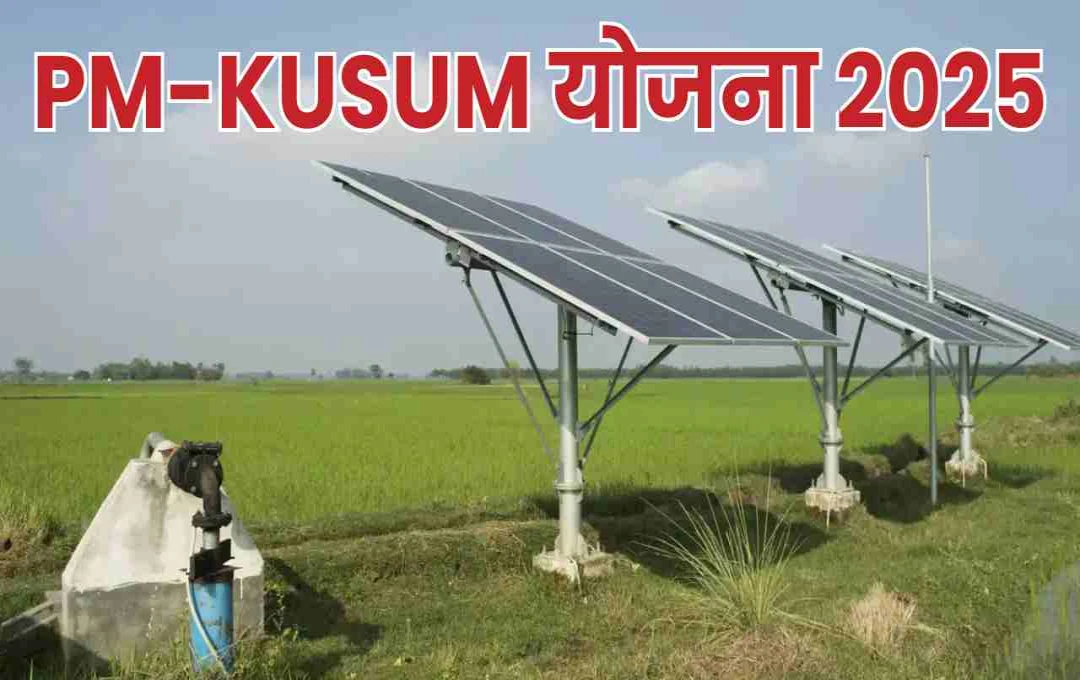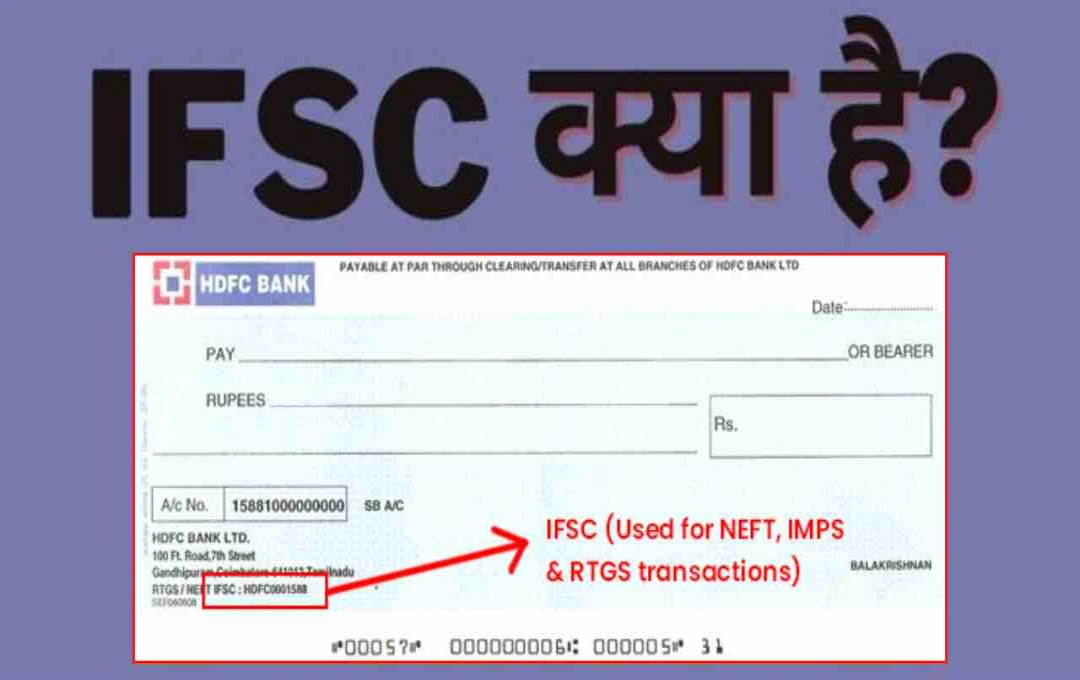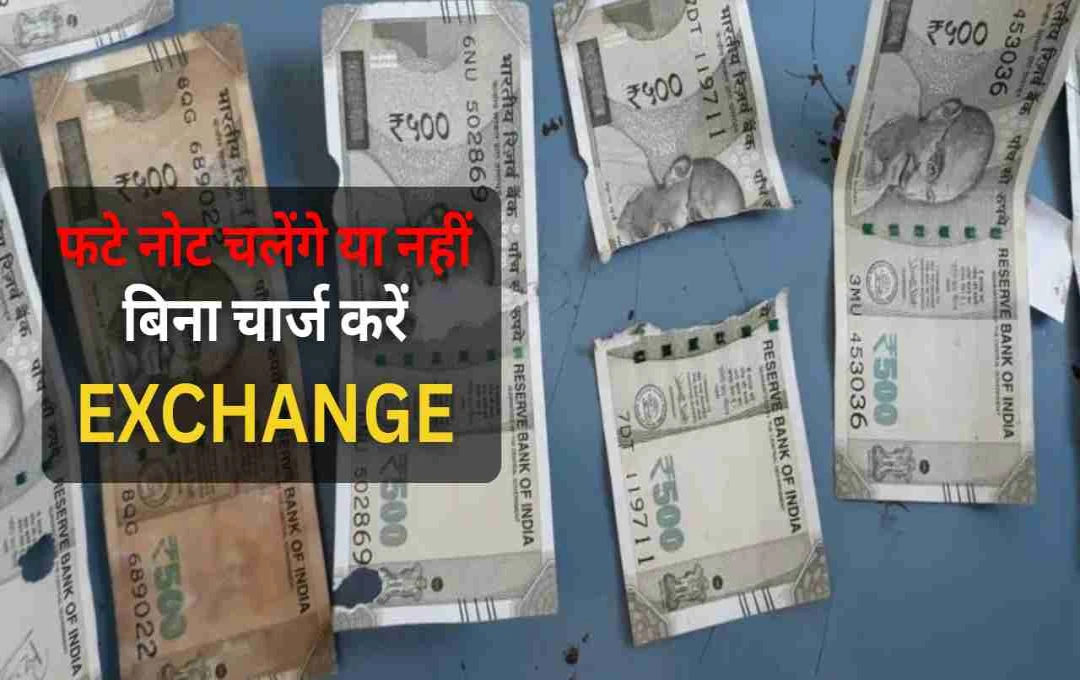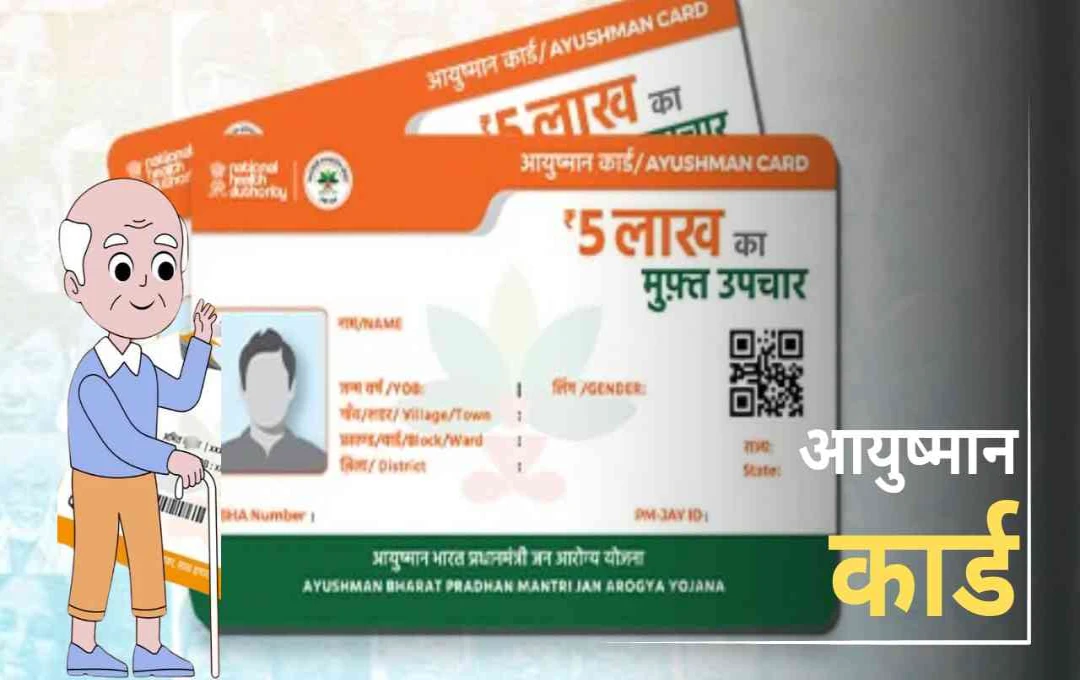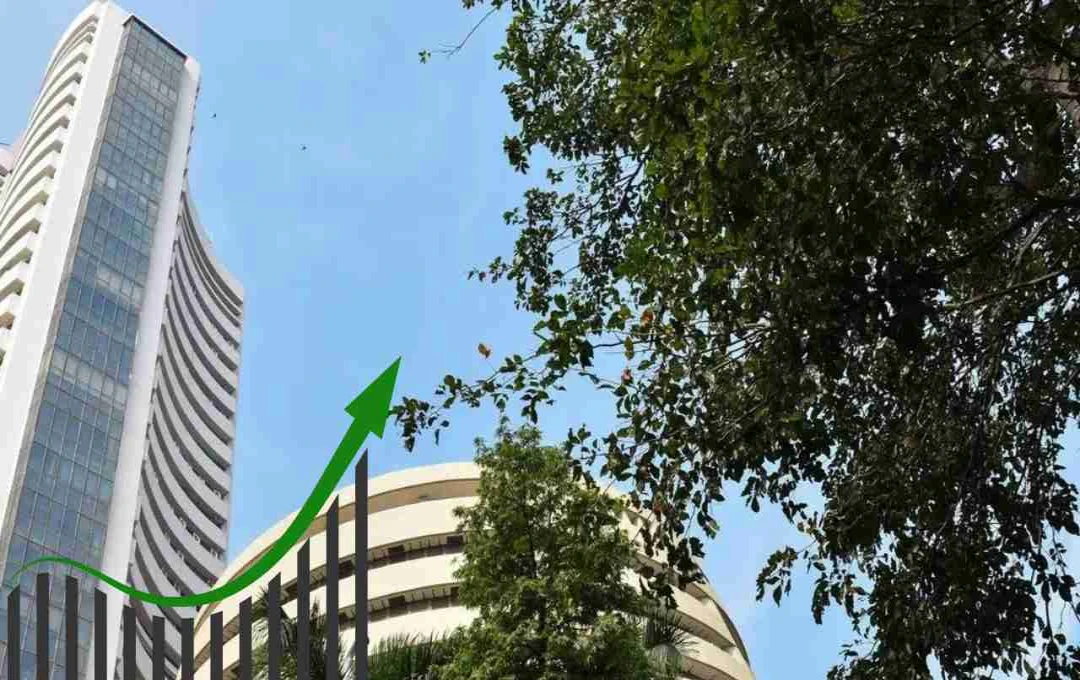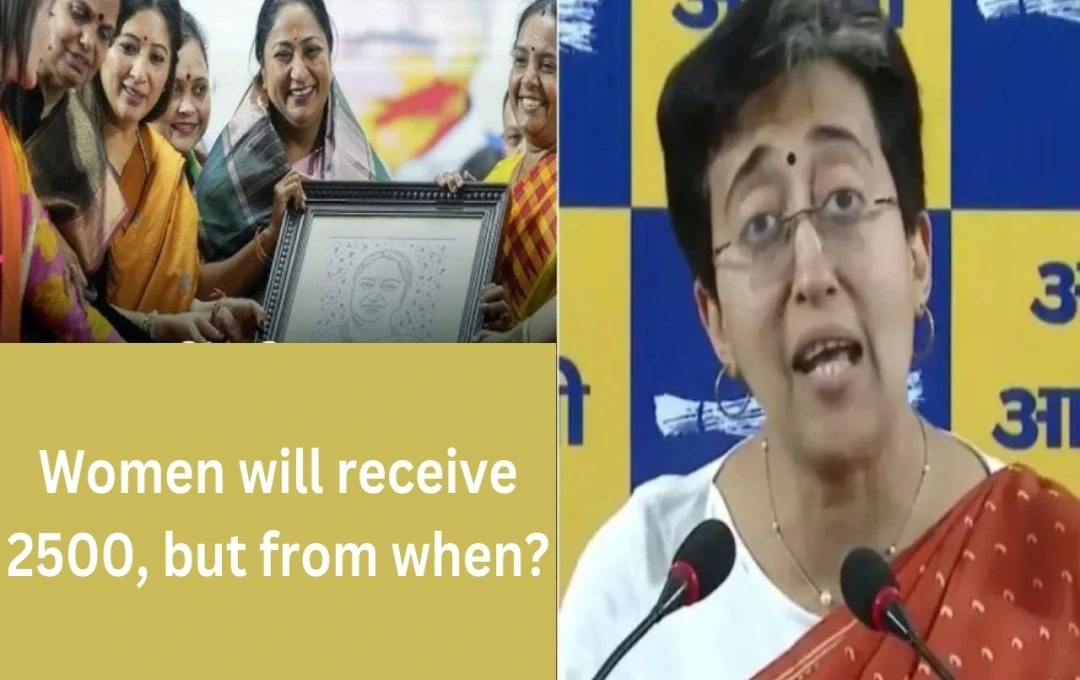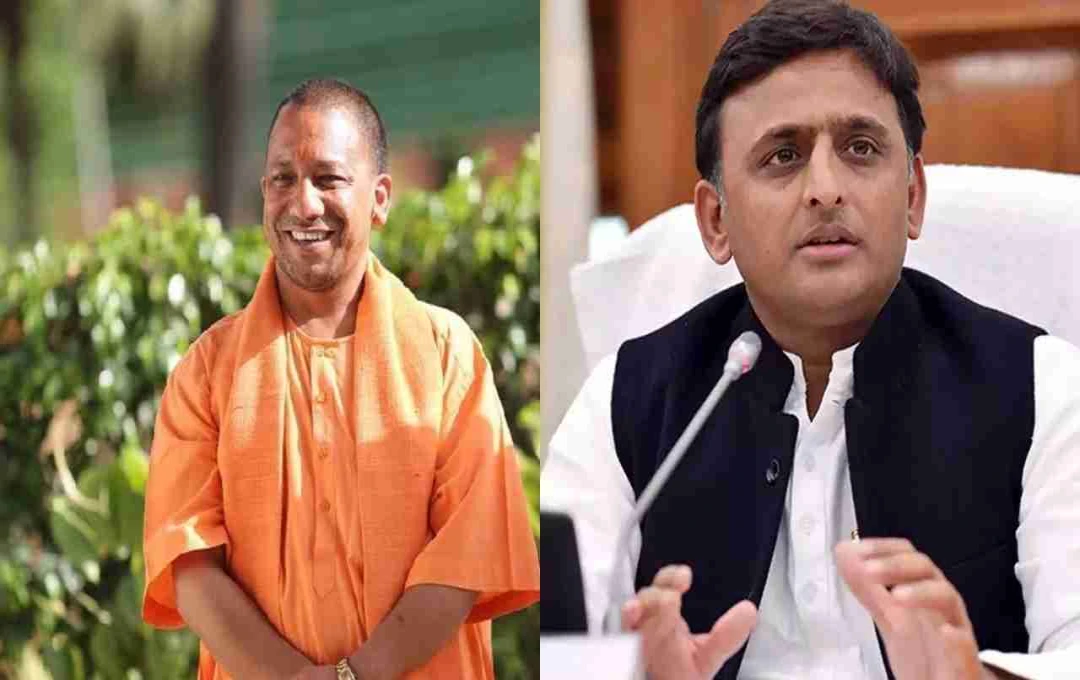The PM KUSUM Yojana 2025 aims to benefit farmers through solar energy and utilize their barren land for solar power generation. This scheme reduces farmers' energy costs, and they can also earn additional income by selling surplus electricity. This strengthens farmers' economic condition and promotes sustainable agriculture.
The ambitious PM-KUSUM Yojana, launched by the Indian government, aims to educate farmers about the benefits of solar energy and strengthen their economic condition. Launched in 2019, this scheme provides farmers with clean and affordable energy through solar power plants, solar pumps, and grid-connected solar systems. Its objective is to increase farmers' income and make them self-reliant in the energy sector.
PM KUSUM Yojana: Expansion and Objectives
Considering the delays in implementation due to the COVID-19 pandemic, the PM KUSUM Yojana has been extended to March 2026. This initiative was launched to connect farmers with the benefits of solar energy and utilize their barren land for solar power generation. Under this scheme, farmers' energy costs are reduced, and they can increase their income by selling surplus electricity.
Three Main Components of PM KUSUM Yojana
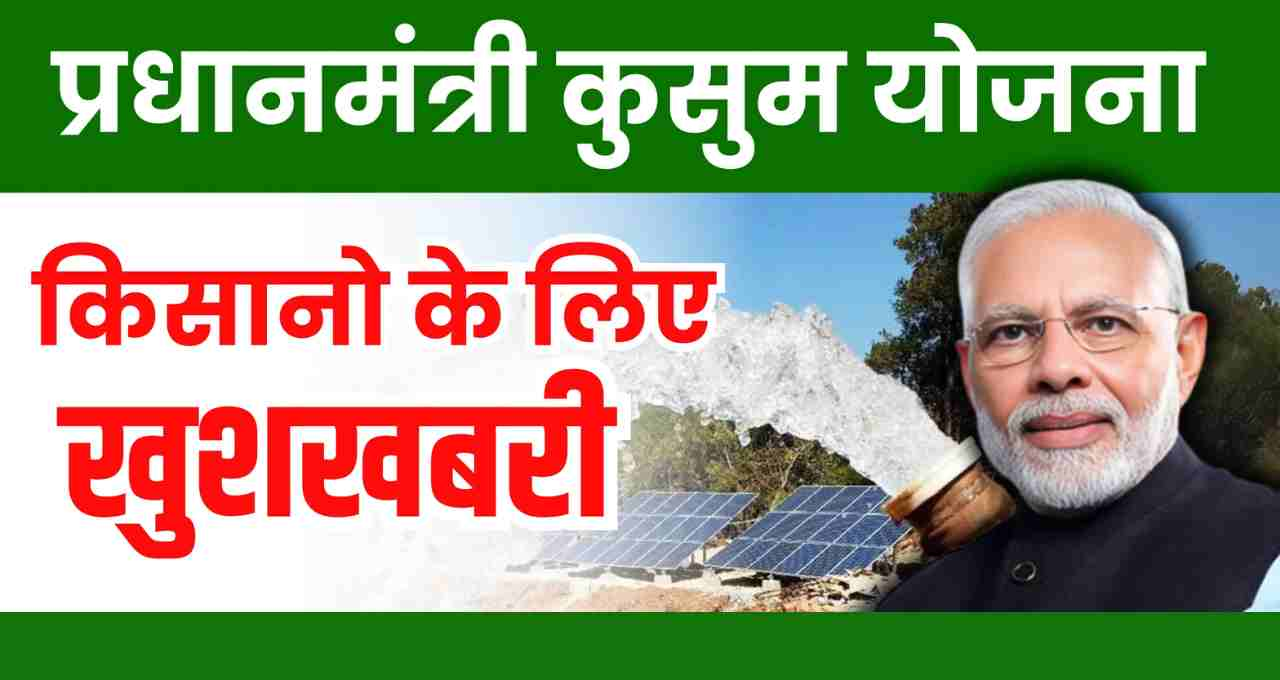
- Component A: Establishment of decentralized solar power plants with a capacity of 10,000 megawatts.
- Component B: Installation of 2 million stand-alone solar pumps.
- Component C: Solarization of 1.5 million grid-connected solar pumps.
Latest Statistics Related to PM-KUSUM Yojana 2025
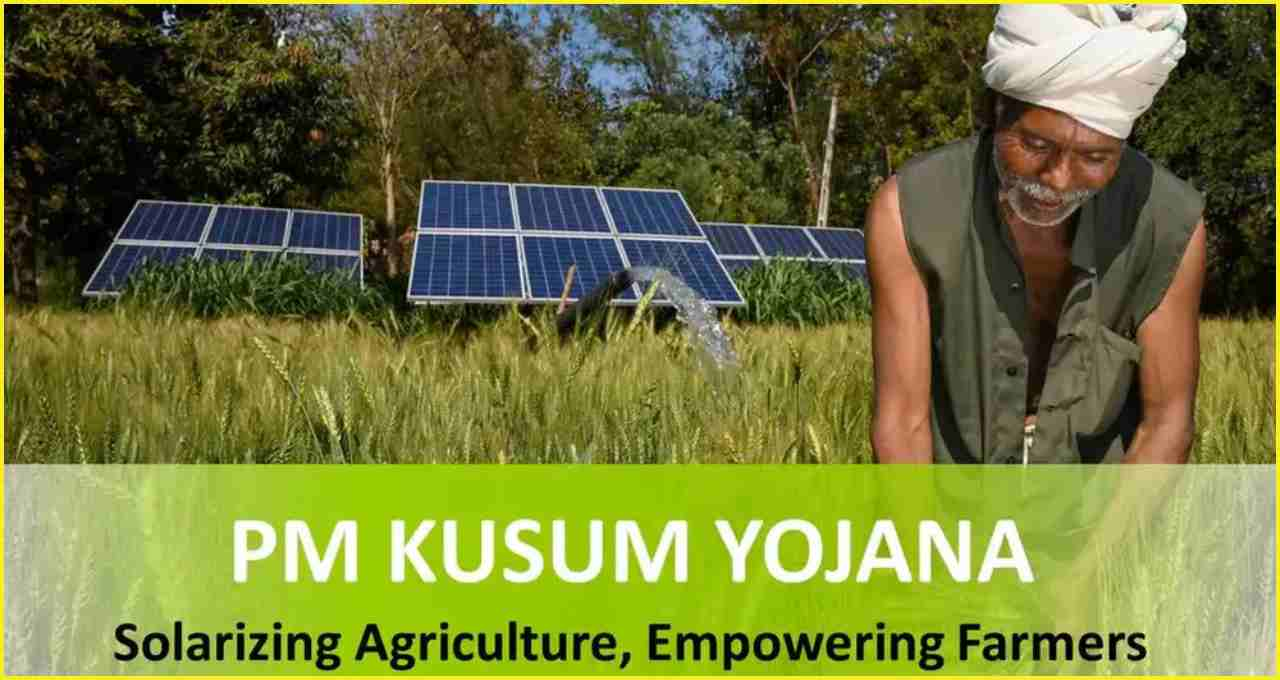
- Under the scheme, a solar power generation capacity of over 1000 megawatts has been achieved so far, especially in states like Rajasthan.
- A target has been set to install solar plants with a capacity of 2000 megawatts in Madhya Pradesh.
- Millions of farmers across the country have installed solar pumps, with a target of installing 600 solar pumps in Barmer district of Rajasthan for 2024-25.
- The central government aims to benefit 3.5 million farmers across the country by 2025 through this scheme.
Details of Subsidy and Financial Assistance in PM KUSUM Yojana
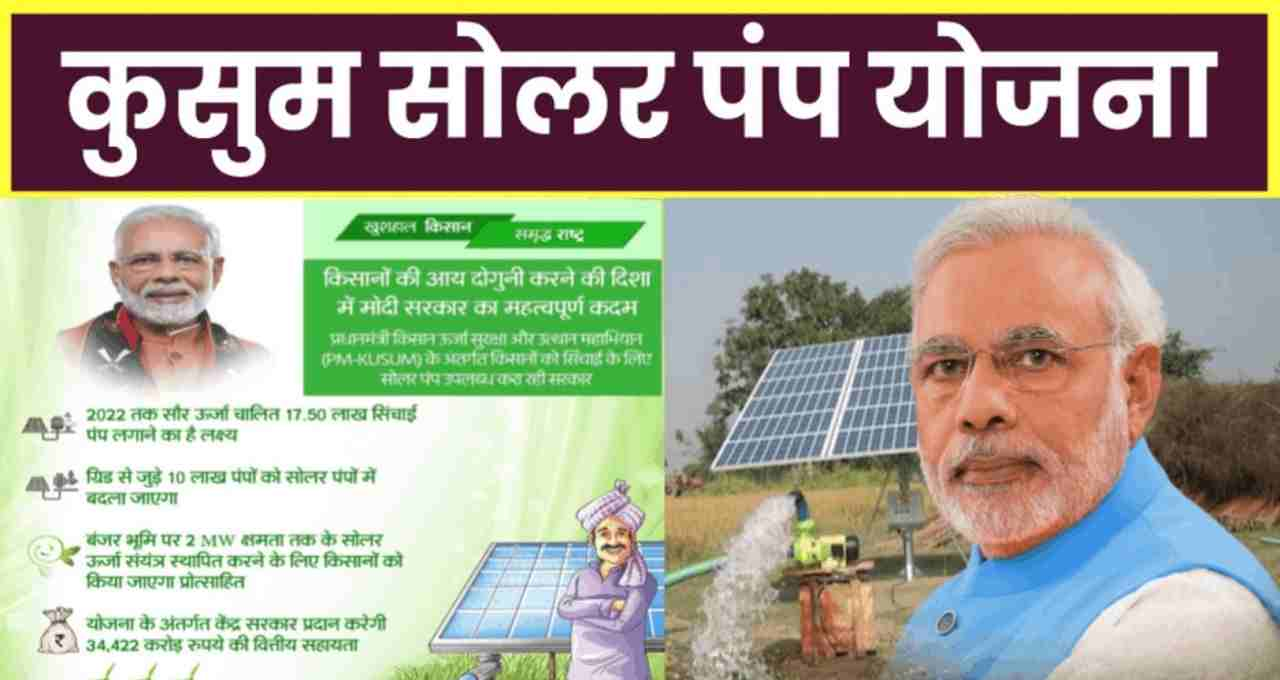
- A subsidy of up to 60% is available on the installation of solar pumps and plants, with 30% from the central government and 30% from the state government.
- In addition, 30% of the cost is provided as additional financial assistance in the form of bank loans.
- This means farmers only have to bear 10% of the cost.
- In many states, an additional subsidy of ₹45,000 per plant is also available for Scheduled Caste/Scheduled Tribe farmers.
- Farmers can apply for the benefits of the PM KUSUM Yojana through the official website www.pmkusum.mnre.gov.in or the PM KUSUM mobile app.
PM KUSUM Yojana: A Boon for Farmers
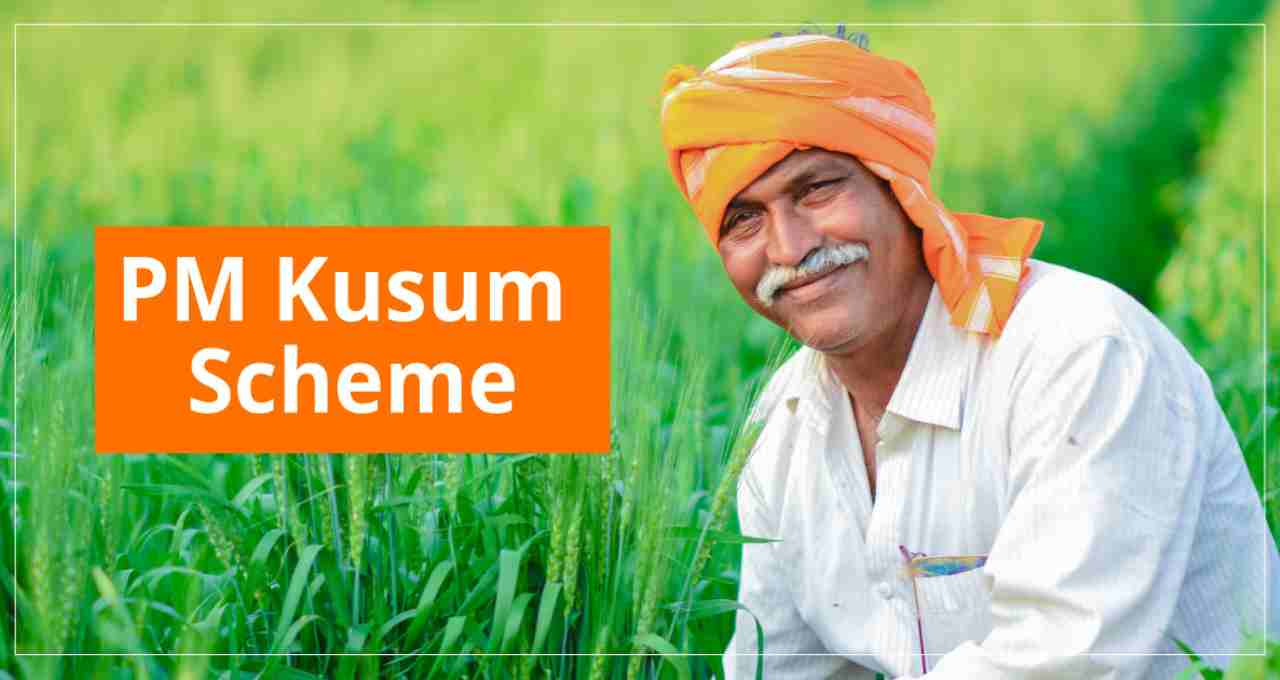
- Under this scheme, farmers get free or low-cost electricity for irrigation, saving on diesel and electricity costs.
- Farmers can earn additional income by selling their surplus solar energy to the grid.
- Farmers with unirrigated or barren land can generate additional income by installing solar panels there. Solar panels are installed in a way that does not hinder farming.
- The PM KUSUM Yojana also plays a significant role in environmental protection, promoting the use of clean and sustainable energy.
Eligibility Criteria for PM KUSUM Yojana
- To avail the benefits of the scheme, the farmer must have legal ownership of agricultural or barren land.
- Applications can be made by individual farmers as well as through Farmer Panchayat groups, cooperatives, farmer groups, or water user associations.
- This ensures that the benefits of the scheme reach the right eligible farmers and that the expansion of solar power generation can be widespread.
